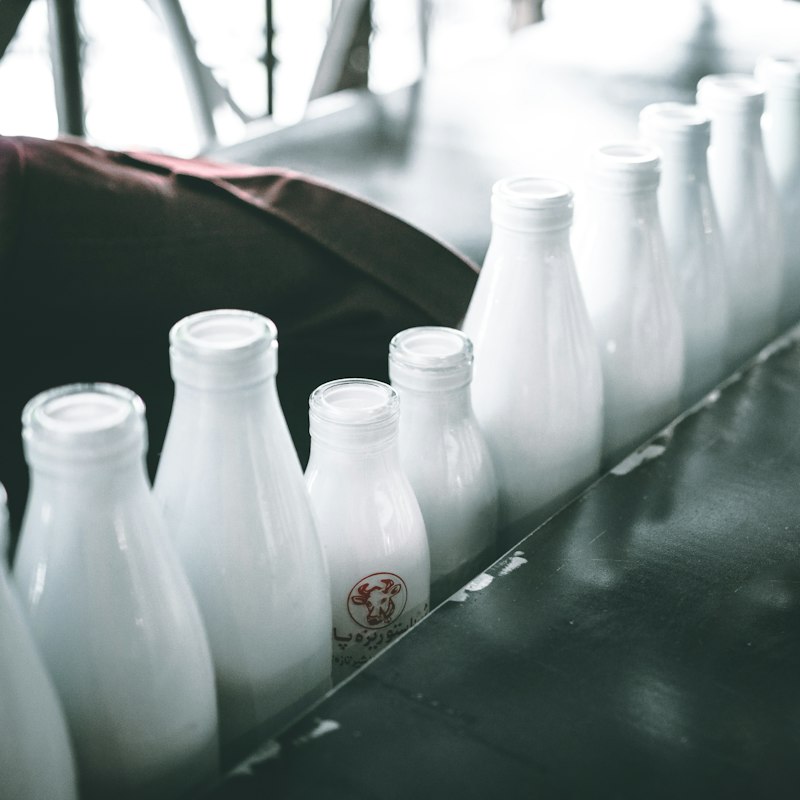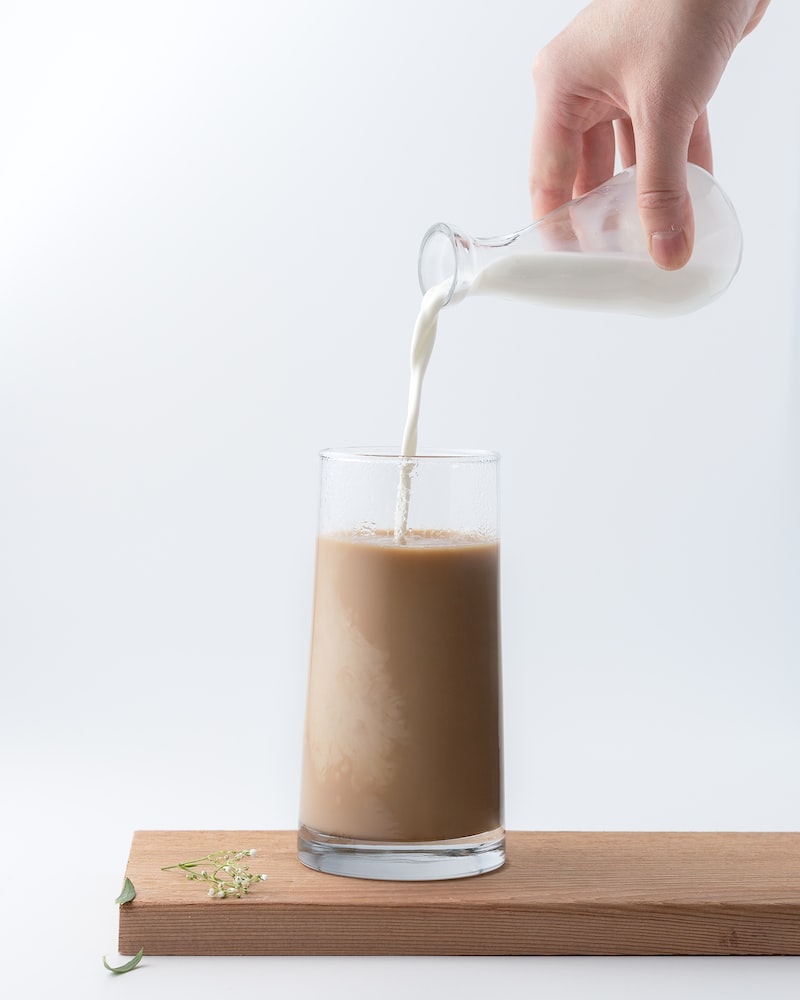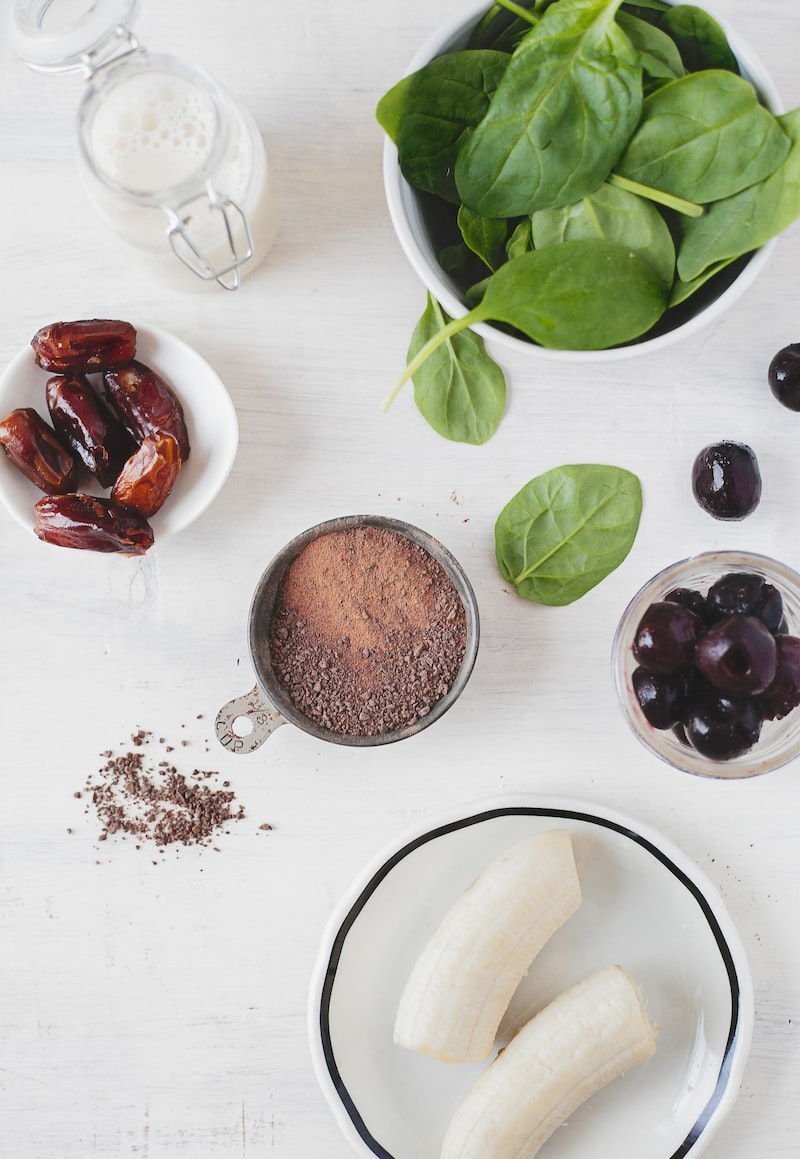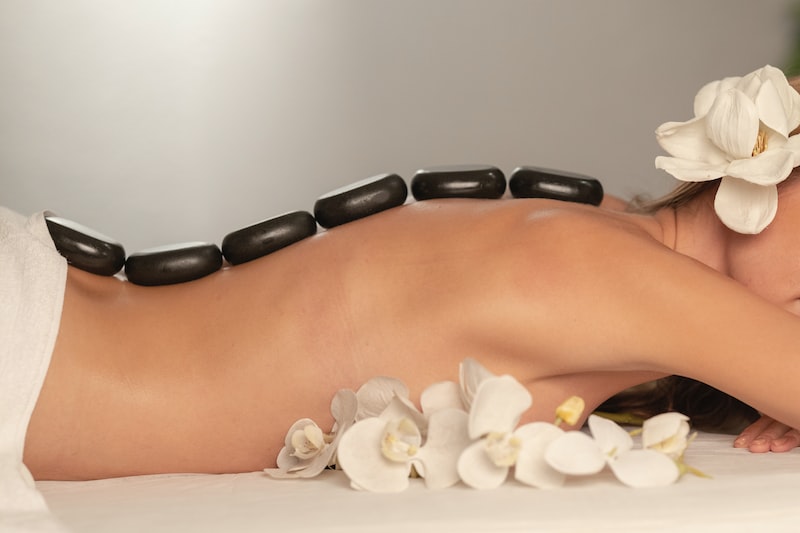Table of Contents
As a new parent, you want to ensure that your baby receives the best nutrition possible. Breast milk is an excellent source of nourishment for infants, providing them with essential nutrients and antibodies that promote their overall health. However, there may be times when you need to store and reheat breast milk. In this article, we will discuss the best practices for reheating breast milk, ensuring that it remains safe and nutritious for your little one.

First and foremost, it’s important to handle breast milk with care. Always wash your hands thoroughly before expressing or handling breast milk to prevent any contamination. When storing breast milk, use clean bottles or storage bags specifically designed for this purpose. Make sure to label each container with the date to keep track of its freshness.
When it comes to reheating breast milk, it’s crucial to avoid using the microwave. Microwaving breast milk can create hot spots, which can scorch your baby’s mouth and destroy valuable nutrients. Instead, opt for gentle warming methods such as placing the milk bottle in a bowl of warm water or using a bottle warmer. These methods ensure even heating without compromising the quality of the milk.
Remember to never refreeze breast milk once it has been thawed and heated. Doing so can increase the risk of bacterial growth, potentially causing illness in your baby. It’s best to thaw only the amount of breast milk you anticipate your baby will consume during a feeding to minimize wastage.
Additionally, always test the temperature of the reheated breast milk before offering it to your baby. Drip a few drops on the inside of your wrist to check if it feels lukewarm, not too hot or cold. This simple test can help you avoid any discomfort or potential burns for your little one.
reheating breast milk requires careful attention to ensure both safety and optimal nutrition for your baby. By following these best practices, you can provide your little one with the nourishment they need while minimizing any potential risks associated with improper handling or reheating methods. Remember, every drop of breast milk is precious, and your diligence in maintaining its quality will
contribute to your baby’s healthy development.Hot or Not: Unveiling the Best Ways to Reheat Breast Milk for New Parents
Are you a new parent wondering about the best ways to reheat breast milk? Well, look no further! We’ve got you covered with some hot tips on how to warm up breast milk for your little one. Whether it’s for those late-night feedings or when you’re on the go, these methods will ensure that your baby enjoys their meal at just the right temperature.
One popular method is using warm water. Start by filling a bowl or sink with warm water, making sure it’s not too hot. Then, place the bottle of breast milk in the warm water and let it sit for a few minutes until it reaches the desired temperature. This gentle heating method helps to preserve the nutrients in breast milk while ensuring it’s safe for your baby to consume.
Another convenient option is using a bottle warmer. These nifty gadgets are designed specifically for warming up breast milk and baby formula. Simply follow the instructions provided with the bottle warmer, add the desired amount of water, and place the bottle inside. Within just a few minutes, you’ll have perfectly warmed breast milk ready to feed your little one. Bottle warmers are especially handy for those middle-of-the-night feedings when time is of the essence.
If you’re in a pinch and need to warm breast milk quickly, you can also use a microwave. However, caution must be exercised here. Microwaving breast milk unevenly heats it and can create hot spots that could burn your baby’s mouth. To prevent this, always remember to swirl the bottle gently after heating and test the temperature on the inside of your wrist before feeding it to your baby. Additionally, be mindful not to overheat the milk as it may destroy some of its beneficial properties.
there are several ways to reheat breast milk for your little one. Whether you choose the warm water method, invest in a bottle warmer, or use a microwave, the key is to ensure that the milk is warmed evenly and to the right temperature. By following these guidelines, you can provide your baby with a comfortable and enjoyable feeding experience every time. So go ahead and try these methods to find out which one works best for you and your little bundle of joy!
Unlocking Nutritional Power: Expert Tips on Reheating Breast Milk Safely
Are you a busy parent who relies on stored breast milk to nourish your little one? If so, you might be wondering about the best way to reheat breast milk while ensuring that its nutritional benefits are preserved. Reheating breast milk requires a delicate balance between convenience and safety. Fortunately, we’ve gathered expert tips to help you unlock the full nutritional power of reheated breast milk, keeping your baby healthy and happy.
First and foremost, it’s important to understand that breast milk is a precious source of vital nutrients for your baby. When reheating breast milk, you must handle it with care to maintain its nutritional value. Start by gently thawing frozen breast milk in the refrigerator overnight or using warm water bath, avoiding microwaving as it can create hot spots that may harm your baby’s delicate mouth.
Once you have thawed or warmed the breast milk, it’s time to move on to the reheating process. The key here is to use gentle heat to preserve the milk’s essential nutrients. You can do this by using a bottle warmer, placing the container of breast milk in a bowl of warm water, or running it under warm tap water. Avoid boiling or overheating, as excessive heat can destroy valuable antibodies and enzymes within the milk.
Remember to swirl the breast milk gently after reheating to ensure even distribution of any temperature variations. This simple step helps prevent any potential hot spots that could scald your baby’s mouth.
When reheating breast milk, timing is crucial. Ideally, aim to use the reheated breast milk within two hours to minimize the risk of bacterial growth. Discard any leftover milk that your baby doesn’t consume, as bacteria from their saliva can contaminate the milk.
To ensure the utmost safety, it’s vital to follow proper hygiene practices throughout the process. Always wash your hands before handling breast milk, and use clean bottles and utensils for storage and reheating. Regularly sanitize all equipment to maintain a healthy feeding routine for your little one.
reheating breast milk safely is a top priority for every parent. By following these expert tips, you can unlock the nutritional power of breast milk while keeping your baby safe from potential health risks. Remember, gentle heat, proper timing, and good hygiene practices are the keys to ensuring that your baby receives the best possible nourishment from reheated breast milk.
Science Speaks: Discover the Optimal Techniques for Reheating Breast Milk at Home
Breast milk, a priceless gift from nature that provides optimal nutrition and immune-boosting properties for infants. As a parent, you understand the importance of preserving its vital nutrients when reheating it for your little one. Science speaks volumes about the best techniques for reheating breast milk at home, ensuring both convenience and the well-being of your baby.

So, what are the optimal techniques to follow? Let’s dive in!

Warm Water Bath: Imagine taking a dip in a soothing hot spring – that’s how comforting a warm water bath can be for breast milk. Fill a bowl or basin with warm water and place the sealed container of breast milk into it. Avoid using boiling water, as it may destroy some of the milk’s beneficial components. Gently swirl the container occasionally until the milk reaches an ideal temperature.
Bottle Warmer: A bottle warmer is like a magic wand for busy parents. These devices provide controlled and gradual heating, reducing the risk of overheating or nutrient loss. Follow the manufacturer’s instructions for optimal results. Remember to test the milk’s temperature on your wrist before feeding your baby.
Stovetop Heating: In a time crunch? The stovetop method might be your go-to solution. Pour breast milk into a small saucepan and heat it over low to medium heat. Keep a close eye on the milk and stir gently to ensure even warming. Once it reaches the desired temperature, promptly remove it from the heat source to prevent overheating.
Microwave Caution: While microwaves offer convenience, they can create hot spots in breast milk, potentially scalding your baby’s mouth. However, if you choose to use a microwave, do so carefully. Transfer the milk into a microwave-safe container and heat it using short intervals with gentle stirring in between. Always check the milk’s temperature before serving.
Now that you’re aware of these optimal techniques for reheating breast milk at home, you can make informed decisions to preserve its precious nutrients while ensuring your baby’s safety. Remember, the key is to warm the milk gently, avoiding excessive heat that may compromise its quality.
Your little one deserves the best, and by following these science-backed methods, you’re providing them with nourishment that’s both safe and wholesome. Embrace these techniques in your daily routine, and witness the joy of a happy and healthy baby.
From Bottle Warmers to Microwaves: Exploring the Pros and Cons of Reheating Breast Milk

Breast milk is a precious resource for nursing mothers, providing essential nutrients for their babies. However, there are times when reheating breast milk becomes necessary. In this article, we will explore the pros and cons of reheating breast milk, ranging from traditional bottle warmers to the convenience of microwaves.
Using a bottle warmer is a popular choice among parents for reheating breast milk. These devices are specifically designed to gently warm breast milk to a safe temperature without destroying its nutritional value. Bottle warmers offer convenience and consistency, ensuring that the milk is evenly heated throughout. Moreover, they eliminate the risk of overheating or creating hot spots in the milk, which could harm the baby. With a bottle warmer, you can have peace of mind knowing that your baby’s milk is heated safely and efficiently.
On the other hand, some parents opt to use the microwave for reheating breast milk due to its speed and convenience. It’s important to note that using a microwave can pose risks. Microwaving breast milk can cause uneven heating, leading to hot spots that might scald the baby’s mouth. Furthermore, microwaves can also break down some of the beneficial components in breast milk, such as antibodies and enzymes, reducing its nutritional value. If you choose to use a microwave, it’s crucial to follow specific guidelines, like stirring the milk thoroughly and testing the temperature before giving it to your baby.
both bottle warmers and microwaves have their pros and cons when it comes to reheating breast milk. Bottle warmers offer consistent and safe heating, preserving the milk’s nutritional value. On the other hand, while microwaves provide convenience and speed, they can lead to uneven heating and reduce the milk’s beneficial components. Ultimately, the choice between the two methods depends on personal preference and careful consideration of the potential risks. As a parent, it’s essential to prioritize your baby’s safety and the quality of their nourishment when reheating breast milk.






